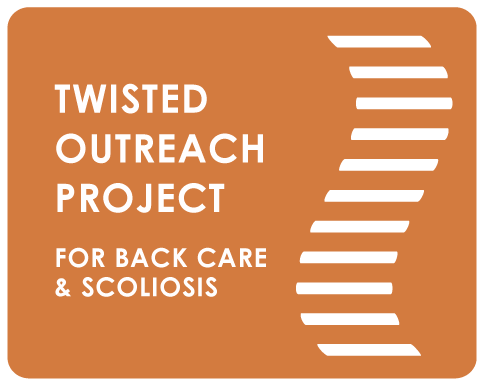june is scoliosis awareness month!
In honour of this month, we're doing a countdown on social media of "Ten Things You May Not Know About Scoliosis" to help build awareness and provide friends, families, loved ones, and everyone from the recently to long-ago diagnosed, with more information about the condition.
Stay tuned to Facebook and Instagram for regular countdown updates throughout the month!
Scoliosis is a complex and multi-layered condition, and you don't have to go it alone. Please feel free to explore our resource site for more information, and get in touch if you have any questions, or if you would like to book a private consult with Martha Carter or any of our TOPS associates around the globe.

